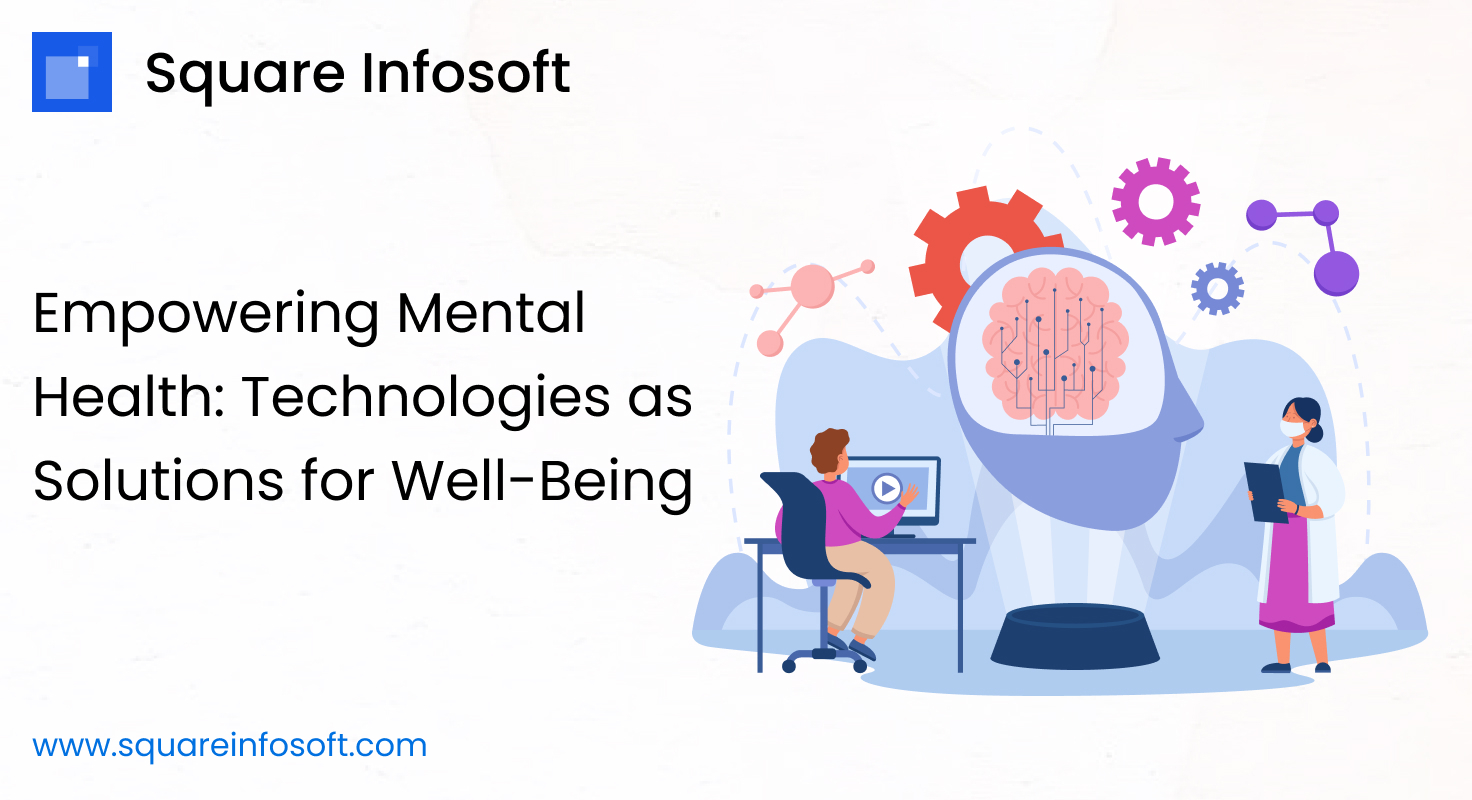Developing a location-based audio guide app involves creating a platform that delivers relevant audio content based on the user’s physical location. This type of app is commonly used for providing information about historical sites, tourist attractions, or points of interest. Here’s a step-by-step guide to help you develop a location-based audio guide app:
1. Define Requirements:
a. Core Functionalities:
- User Registration and Authentication:
- Secure user account creation.
- Social media login options.
- Location Tracking:
- Utilize GPS and location services to track the user’s location.
- Audio Content Management:
- Upload and manage audio content associated with specific locations.
- Support for multiple languages if applicable.
- Offline Mode:
- Allow users to download audio content for offline use.
- Map Integration:
- Integrate maps to display the user’s current location and nearby points of interest.
- Audio Playback Controls:
- Implement controls for play, pause, and skip within the app.
- User Interaction:
- Enable users to leave reviews, comments, or ratings for specific audio guides.
b. Additional Features:
- Augmented Reality (AR):
- Implement AR features to enhance the user experience.
- Customizable Tours:
- Allow users to create and share their custom tours.
- Social Sharing:
- Enable users to share their location-based audio experiences on social media.
- Push Notifications:
- Notify users about nearby points of interest or new audio guides.
2. Choose Development Platform:
a. Select a Platform:
3. Set Up Development Environment:
a. Install Development Tools:
- Xcode (for iOS).
- Android Studio (for Android).
- IDEs for cross-platform development if applicable.
b. Set Up Accounts:
- Developer accounts on Apple App Store and Google Play Store.
4. Design User Interface (UI):
a. Create Wireframes:
- Plan the app’s layout, focusing on map integration and audio controls.
b. Design UI/UX:
- Use design tools (Sketch, Figma) for an intuitive and user-friendly interface.
5. Implement User Authentication:
- Integrate a secure authentication system (e.g., OAuth, Firebase Authentication).
6. Location Tracking:
- Implement GPS and location services for accurate tracking.
7. Audio Content Management:
- Develop a content management system for uploading and managing audio guides.
8. Offline Mode:
- Allow users to download audio content for offline use.
9. Map Integration:
- Integrate maps to display the user’s location and nearby points of interest.
10. Audio Playback Controls:
- Implement controls for playing, pausing, and skipping audio content.
11. User Interaction:
- Develop features for users to leave reviews, comments, or ratings.
12. Augmented Reality (AR):
- If applicable, implement AR features to enhance the user experience.
13. Customizable Tours:
- Allow users to create and share their custom tours.
14. Social Sharing:
- Enable users to share their location-based audio experiences on social media.
15. Push Notifications:
- Notify users about nearby points of interest or new audio guides.
16. Test the App:
- Conduct thorough testing, including location accuracy, audio playback, and user interactions.
17. Security:
- If collecting user data, ensure data protection measures are in place.
18. Publish the App:
- Submit the app to the App Store and Google Play Store.
19. Update and Maintain:
- Regularly update the app with new audio guides, features, and bug fixes.
20. Compliance:
- Ensure compliance with relevant app store guidelines and data protection laws.
Building a location-based audio guide app requires attention to detail, especially concerning location accuracy and user experience. Regularly updating the app with fresh content and features will enhance user engagement and overall satisfaction.




